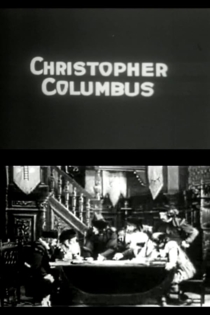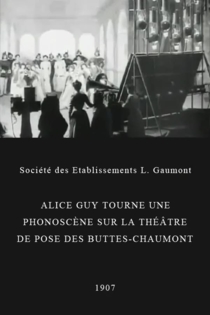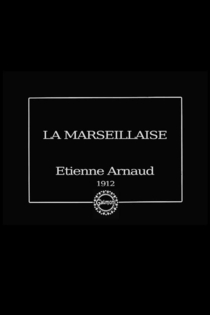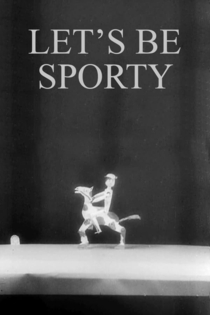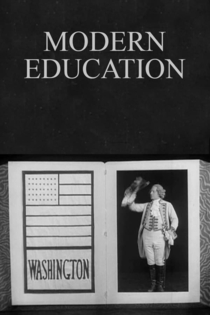
Étienne Arnaud
2021Un coup de vent
Étienne Arnaud, Louis Feuillade
"Alice Guy-Blaché liked Feuillade's scripts, and one of them, Le coup de vent, was filmed by Etienne Armaud in 1905. Two years later, Alice left Paris to follow her husband, who had just taken over the Berlin office of Gaumont, and she persuaded Gaumont to let Feuillade replace her. From 1907 he was in charge of hiring directors, buying scripts, choosing stars and at the same time directing his own films." From Decades Never Start on Time: A Richard Roud Anthology
Un coup de vent

Saved from the Titanic
Étienne Arnaud
Dorothy Gibson, Alec B. Francis
A young woman tells her parents and fiance (in flashback) about the recent sinking of the Titanic and her experiences as a passenger during the disaster. Her intended marriage now faces a new hazard because her fiance is a sailor and her parents have just been reminded of the dangers of the sea. Premiering in the United States just 29 days after the event, it is the earliest dramatization about the tragedy.
Saved from the Titanic
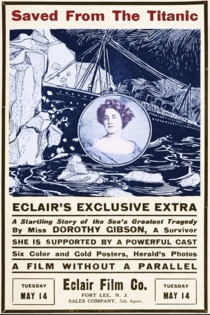
Clair de lune espagnol
Étienne Arnaud, Émile Cohl
Two lovers perform a fandango dance. A jealous quarrel follows and the heart-broken swain decides to end it all. He throws himself from the window of his room, but instead of falling to his death, the anchor of a passing balloon intercepts his flight and he is taken high into the clouds. Laughing at his plight, the moon arouses the anger of the desperate lover and a battle between the two ensues.
Spanish Clair de Lune

La mort de Mozart
Étienne Arnaud, Louis Feuillade
Mozart feels compelled to finish a final requiem as he fears death is quickly approaching. Although the doctor has specifically ordered Mozart not to play or compose, Mozart begins a composition after listening to his student play the violin and having visions of three of his operas. After Mozart has finished his requiem a group of friends comes to visit him, and as they sing his last composition to him, Mozart dies.
Mozart's Last Requiem

Robin Hood
Herbert Blaché, Étienne Arnaud
Robert Frazer, Barbara Tennant
Robin Hood is a 1912 film made by Eclair Studios when it and many other early film studios in America's first motion picture industry were based in Fort Lee, New Jersey at the beginning of the 20th century. The movie's costumes feature enormous versions of the familiar hats of Robin and his merry men, and uses the unusual effect of momentarily superimposing images different animals over each character to emphasize their good or evil qualities. The film was directed by Étienne Arnaud and Herbert Blaché, and written by Eustace Hale Ball. A restored copy of the 30-minute film exists and was exhibited in 2006 at the Museum of Modern Art in New York City.
Robin Hood
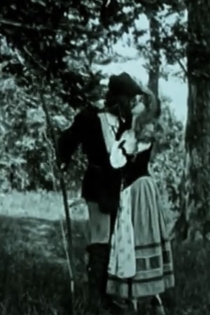
Christophe Colomb
Étienne Arnaud
This film presents some of the principal episodes in the life of Christopher Columbus, including the discovery of America. Here we see the meeting with Queen Isabella of Spain and her promise to fit out a fleet. The next scene gives one an idea of the Spanish galleons at sea. Months seemed to have passed and no sight of land; the sailors are very impatient and in the end mutiny. Just at this moment land is sighted, and here we get a very fine view of the "lookout" in the "crow's nest." The next scene shows how Columbus had to fight his way with the natives, while these in the end were conquered by kindness. The next scene brings us back to Spain, where he has awakened great jealousy, and is charged with cruelty by some of his crew. Investigations are made and he is cast into prison. He sees from his cell, the great welcome Amerigo Vespucci receives, as having added a new world to the throne of Spain. The authorship of this film was also ascribed to Louis Feuillade.
Christopher Columbus
